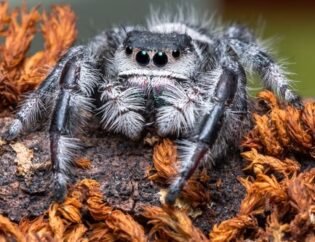
In a new and fascinating study, researchers from the University of Georgia set up over 100 cameras throughout the area surrounding the Fukushima Daiichi Nuclear Power Plant in Japan. The researchers captured around 267,000 images of 20 species including wild boar, Japanese hares, macaques, pheasant, foxes and raccoon dogs, animals that have traditionally come into conflict with humans. But in the disaster site, the animals are thriving."This suggests these species have increased in abundance following the evacuation of people," Beasley adds.











